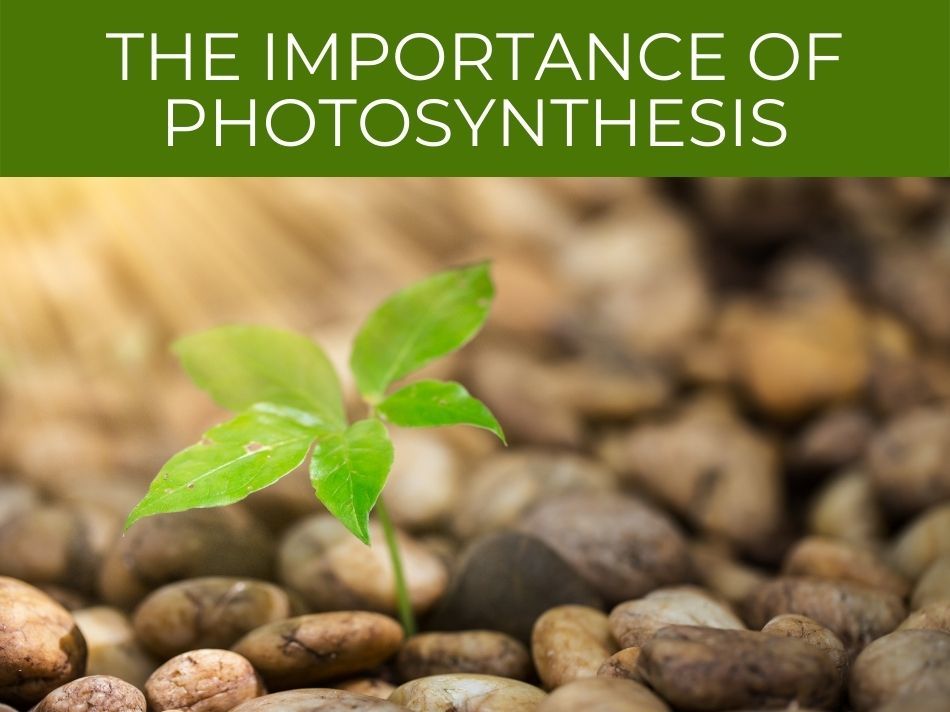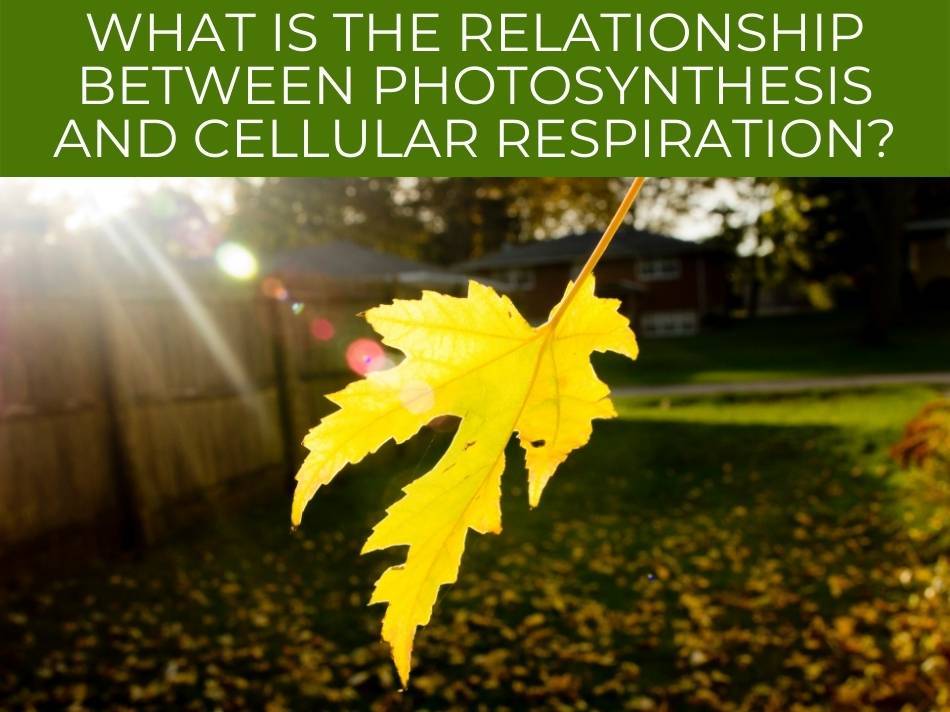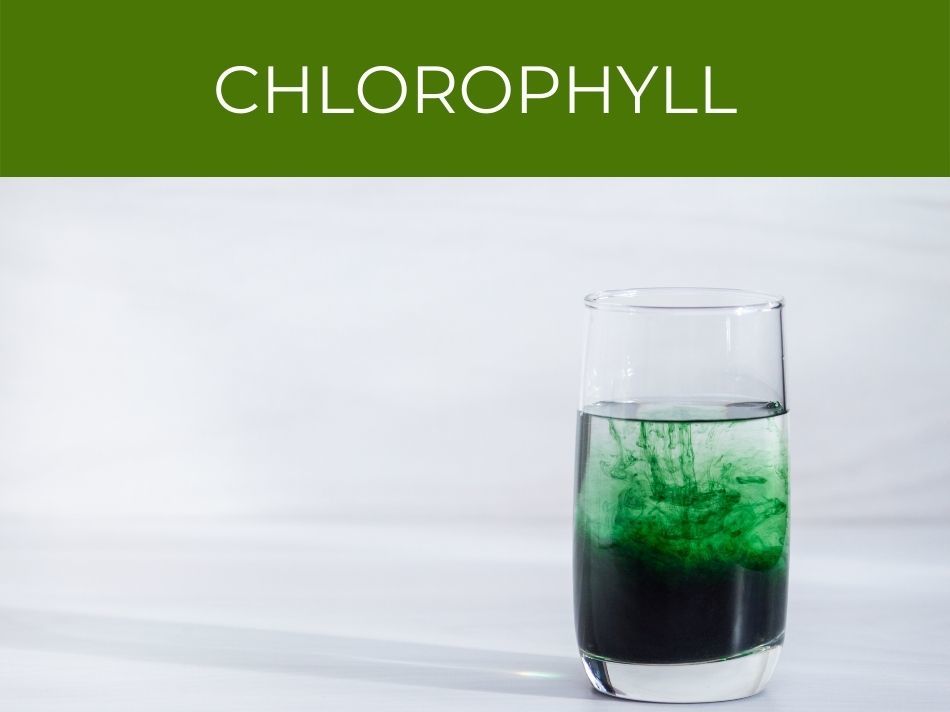Plants are integral to life on earth, so the process that produces their food must have a bigger reach than this, mustn’t it? Photosynthesis is just the first step in a process that sweeps the planet.
The purpose of photosynthesis is to provide food for plants. Photosynthesis converts light, water (H2O), & carbon dioxide (CO2) into glucose & oxygen (O2); plants use glucose–a type of sugar–for food & to grow, creating roots, stems, leaves, & other parts of the plant.
Essentially, it appears that the purpose of photosynthesis is to produce food for plants. This is only the beginning, though. Read on to understand that the purpose of photosynthesis is even more extensive than this.

What is the purpose of photosynthesis?
The purpose of photosynthesis is to produce the fuel that a plant uses to grow. Photosynthesis uses energy from light to combine water & carbon dioxide into a form of sugar (glucose). This is converted into ATP, which is a chemical that can be used for the energy the plant needs to survive.
Plants are like any living organism and need some form of energy to grow and to survive.
Plants make their own food within their own cells.
This of producing food or energy is called photosynthesis.
This means that the fundamental purpose of photosynthesis is to produce food so that a plant can grow and survive.
An important by-product of photosynthesis is oxygen, which all living organisms on earth require to survive.
Thus, the purpose of photosynthesis also becomes the production of oxygen.
Plants are the basis of many ecosystems, as they are an important source of food and energy for many creaturess.
Without plants, entire ecosystems would be destroyed.
There is, therefore, another purpose of photosynthesis, which is to allow plants to grow and contribute to ecosystems.
The purpose of photosynthesis is integrally linked to life on earth in all forms.

The importance of photosynthesis
Photosynthesis is important because it produces food that plants require. Animals indirectly require photosynthesis because they consume plants (or other animals who eat plants). Also, photosynthesis produces oxygen, which plants & animals require for life.
Most simply, photosynthesis is important because it produces food for a plant.
Photosynthesis is the process that results in the chemical change that produces glucose from a combination of water, carbon dioxide, and sunlight.
Click here to understand the process of photosynthesis.
The glucose that is produced is converted further into ATPs, which is the form of organic energy a plant uses to feed on.
Without the process of photosynthesis occurring, a plant would not have the energy it needs to live and grow.
This means that photosynthesis is vital for a plant’s survival.
Because of the role that plants play in the lives of many animals, insects, and birds, they are relevant to life on earth in general.
This means that photosynthesis is important to the health of the earth on a larger scale.

What is the relationship between photosynthesis and cellular respiration?
Photosynthesis and cellular respiration occur simultaneously in a plant. During respiration, a plant uses oxygen and gives off carbon dioxide, which is one of the key elements in photosynthesis. The two processes have a dependent and integral relationship.
All living organisms on earth need to take in oxygen to survive.
This is called respiration.
When the organism has used the oxygen, it gives off carbon dioxide.
This process of respiration takes place in the cells of plants, which give off carbon dioxide, as do all living organisms.
Carbon dioxide is one of the key ingredients of photosynthesis, which is the process that takes place in the cells of plants to produce the energy a plant needs to live.
One of the by-products of photosynthesis is oxygen.
This means that a plant takes in the carbon dioxide produced from respiration in order to photosynthesize and make food while using the oxygen produced from photosynthesis as part of cellular respiration.
This means that photosynthesis and cellular respiration have an integral, dependent relationship that exists in a never-ending cycle.

How do plants get food?
Plants produce food for themselves through the process of photosynthesis, which uses light energy to convert water and carbon dioxide into glucose, which is made up of carbon, hydrogen, and oxygen molecules.

Photosynthesis produces the correct form of chemical energy that a plant needs to survive.
The chemical energy comes from the correct form of sugar from which a plant gets its energy, which is called glucose.
Glucose is the product of photosynthesis, where water and carbon dioxide undergo a chemical process, using sunlight as the source of energy.
During photosynthesis, the water and carbon dioxide combine in the presence of energy from sunlight to produce glucose.
The glucose is further altered to become ATPs.
This is the correct form of chemical energy that a plant will use as food.

Are plants autotrophs?
Plants are autotrophs because they can produce their own food. Plants produce food for its growth through photosynthesis, which uses water (H2O) & carbon dioxide (CO2) to make sugar (glucose). Heterotrophs cannot produce their own food.
Living organisms all need some form of food or energy to live.
This is usually a form of organic energy.
The food that is necessary for an organism to grow can be produced outside the organism or can be produced by the organism within its own cells.
There are organisms that are heterotroph and others may be mixotrophs, but plants are autotrophs, which means they don’t get food from outside sources.
See where photosynthesis takes place.
They make their own food within their own cells.
This is the process of photosynthesis.
Photosynthesis occurs in plants, algae, and some bacteria that contain chlorophyll, which is a green pigment found in plant cells and which captures the sunlight necessary for the conversion of the gases.
See which organelle in cells performs photosynthesis.
The plant uses the energy from the sunlight to produce a chemical reaction that synthesizes water and carbon dioxide.
The result of the synthesis is the production of glucose.
Because it can make its own food internally by using carbon as one of the raw ingredients, a plant is an autotroph.

Raw materials of photosynthesis
The raw materials that a plant uses in the process of photosynthesis are carbon dioxide (CO2), water (H2O), and light. Plants use chlorophyll–a green pigment–to harness energy from light to convert carbon dioxide (CO2), water (H2O) into sugar (glucose).

Chlorophyll is a pigment that is found in the green parts of plants – mainly the leaves, but also some parts of the stem in some plants.
This pigment is what captures the energy from the sunlight for the process of photosynthesis to be able to take place.
Water is made up of oxygen and hydrogen, which provides the oxygen that is a part of photosynthesis.

Carbon dioxide is made up of carbon and oxygen, both of which are key components of photosynthesis.
Carbon becomes the basis of the energy the plant needs to survive, so is an important part of photosynthesis.
The energy for the process comes from sunlight.
The sunlight provides the energy needed for the chemical change to occur during photosynthesis that produces sugar.
See the inputs & outputs of photosynthesis.

Conclusion
The purpose of photosynthesis is, quite simply, to facilitate life on the planet.
The most direct result of the process is the production of food for plants themselves to survive, but the production of oxygen is necessary for other forms of life on the planet.
In addition, plants are necessary for all forms of life, so the purpose of photosynthesis is linked to life on Earth in general.

